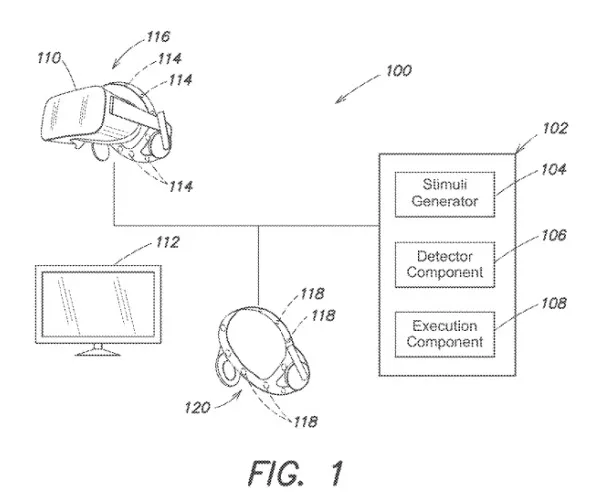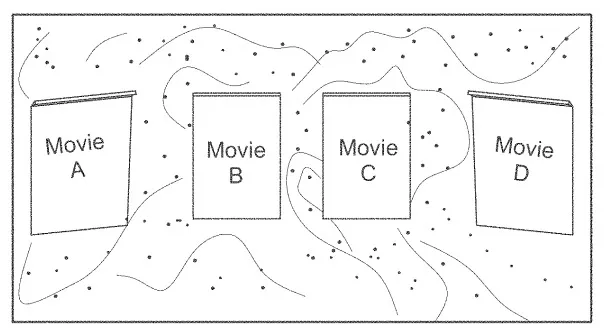Brain-Computer Interface for User's Visual Focus Detection
Brain-Computer Interfaces (BCIs) are interface systems that establish a connection between the signals in our brain and external devices. These systems could one day eliminate the need for traditional inputs such as keyboards or mice, and instead rely solely on brain activity to send commands that can be understood by computers. This invention presents a method for visual attention detection by capturing high-frequency (>40 Hz) brain signals generated in the visual cortex without causing any perceptible changes to the image. This technology can be used to assist individuals with motor disabilities, enhance user interaction with virtual reality, or analyze cognitive behaviors for market research.
Researchers
-
brain-computer interface for user's visual focus detection
United States of America | Granted | 11,445,972 -
brain-computer interface for user's visual focus detection
United States of America | Published application
Figures
Technology
A stimulus generator is used to introduce flickers in different parts of the virtual image space at different frequencies, all above the flicker fusion rate. An EEG sensor is then used to pick up brain waves, and to extract the SSVEP signal – which corresponds to the region of the image the user is attending to. Advanced signal processing and flicker manipulation enables the higher resolution SSVEP mapping to different parts of the image space. The image can either be virtual, such as a game or VR, or an augmented view of real images, as in augmented reality.
This technology can employ attention tracking to navigate between application menus. It can also be used to enhance the accuracy and performance of visual gaze tracking. The system may use a loading bar to reduce the possibility of an unintended selection.
Problem Addressed
This invention measures steady-state visually evoked potentials (SSVEPs) generated at the visual cortex using electroencephalography (EEG) equipment to determine regions of an image space that a user’s visual attention is directed at. Current brain signal capture methods rely on overlaying basic shapes within the virtual space or displaying various flickering stimuli at low frequencies. However, these methods often result in perceptible changes to the visual display, which can hinder the overall user experience. Furthermore, obscured visual displays can cause visual fatigue and have the potential to trigger photo-epileptic induced seizures. The present technology addresses these limitations by implementing a high-frequency stimulus that flickers at a fast enough rate to go undetected by the used.
Advantages
• Stimuli used to trigger SSVEP signals are not consciously detectable and can be embedded into visual content without detracting from the image space.
• Increased stimuli integration due to negligible effects on image space improves the resolution/functionality of the interface.
• Improved visualizations enable more BCI operations and can fundamentally reduce the need for gestures or other interfaces in AR and VR systems.
Publications
Armengol-Urpi, A., A. F. Salazar-Gómez, and S. E. Sarma. "Brainwave-Augmented Eye Tracker: High-Frequency SSVEPs Improves Camera-Based Eye Tracking Accuracy." In 27th International Conference on Intelligent User Interfaces (IUI '22), 258-276. New York, NY, USA, 2022. doi: 10.1145/3490099.3511151.
Armengol-Urpi, A., and S. E. Sarma. "Sublime: a hands-free virtual reality menu navigation system using a high-frequency SSVEP-based brain-computer interface." In Proceedings of the 24th ACM Symposium on Virtual Reality Software and Technology (VRST '18), 1-8. New York, NY, USA, 2018. doi: 10.1145/3281505.3281514.
License this technology
Interested in this technology? Connect with our experienced licensing team to initiate the process.
Sign up for technology updates
Sign up now to receive the latest updates on cutting-edge technologies and innovations.


